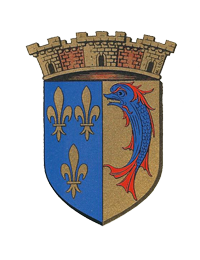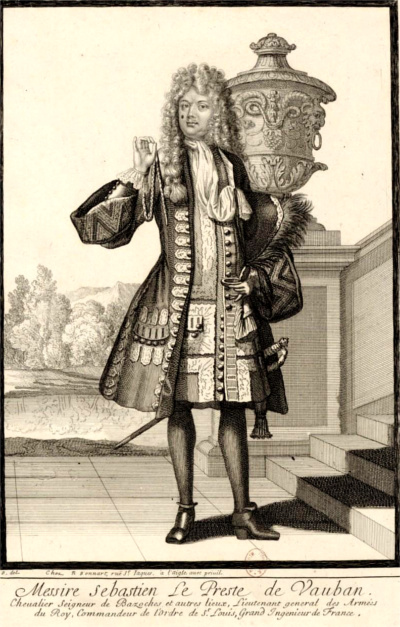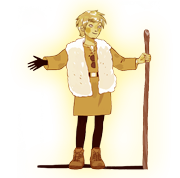Vauban, Marechal de France
VAUBAN (1633-1707), an extraordinary man
A town fortified by Vauban is impregnable, a town besieged by Vauban is captured, his contemporaries said. Over half a century in the service of King Louis XIV, Vauban captured 50 towns, fortified 300, and built 30.
Born in minor nobility in central France in 1633, Sebastien Le Prestre de Vauban died a Marechal de France in 1707. His work influenced military engineering for centuries as far away as Asia. It was recognised by UNESCO which placed 12 of his major fortifications on the World Heritage List in 2008.
Vauban joined the military at the age of 18 and was soon noted for his courage, leading a daring spying raid behind enemy lines.
He was named a military engineer at 22 and in six years took part in 14 sieges and suffered several wounds. Heavy losses sustained by his comrade-in-arms inspired his catchword : « works save lives ».
He first implemented his stronghold siege method at the 1673 siege of Maastricht. It combined zigzag and parallel trenches to safely bring sappers under artillery cover closer to enemy ramparts to blow the wall open.
Vauban travelled the équivalent of 4 000 kilometres per year to conduct sieges, build or repair fortifications. He improved the system of buried ramparts, glacis and bastions in which every position protects another and crossfire deprives the enemy of any hiding spot.
He invented clever tricks to discourage assaillants, and dealt with all aspects of sieges and fortresses, discussing building materialsr quality and prices as well as the soldiers’ food and lodging.
As a statesman, Vauban saw France’s natural borders as its best defences. Rather than try and conquer a myriad of scattered foreign towns which blurred borders, he convinced Louis XIV to fortify his « pré carré » on the northeastern border, retaining only the best strongholds and therefore creating a double line of fortified towns.
He was outspoken and dared advise the king to make peace with the coalition of protestant countries by legalising the protestant cult. « No use flattering, the kingdom is ruined, all suffer, all moan, » he wrote to the king in 1679.
He might have paid a heavy price for such defiant language. But Louis XIV, surrounded by sycophants, appreciated the frankness of Vauban who he knew to be loyal and devoted. The king gratefully though belatedly made Vauban a Marechal de France at the late age of 69.
Vauban had an opinion about everything from colonising America to raising pigs. Centuries before the Euro, he proposed creating a single currency for Christianity. His last work, « The Royal Dime », proposed to abolish tax privileges for the rich and powerful. It was banned on the very day he died.
Vauban died in Paris at the age of 74. His body was buried in Bazoches, where his castle still stands in his native Morvan. His heart was taken to the Invalides Church in Paris in 1808.
The Association Vauban http://www.association-vauban.fr/ gathers scholars devoted to publicising Vauban’s work and fortifications.



